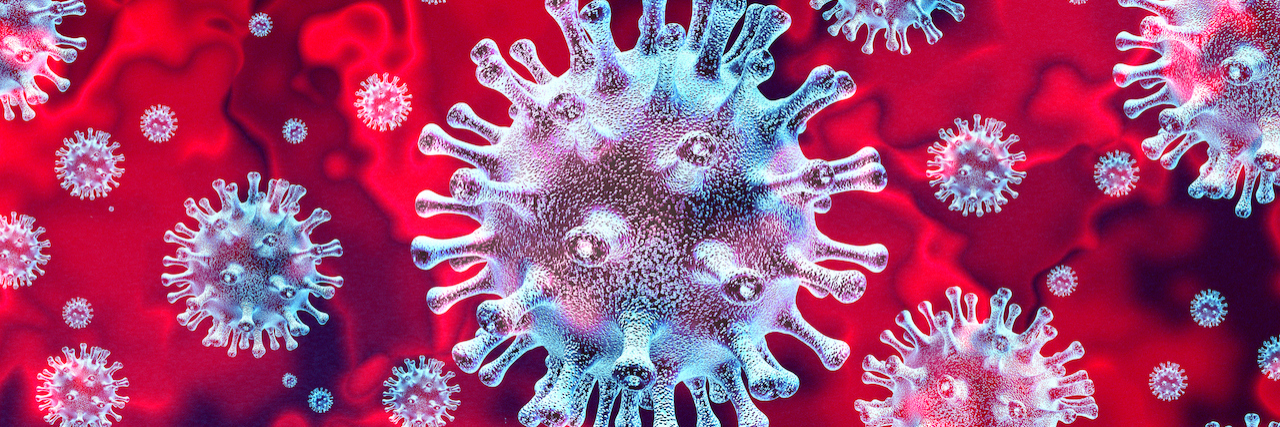So far, research about the coronavirus has shown that it’s spread through respiratory droplets — the tiny particles that float through the air when we cough or sneeze. Those particles are largely thought to fall to the ground within minutes.
Now, though, a group of 239 scientists have sent an open letter to the World Health Organization (WHO) encouraging them to revise their statement about how the virus spreads to include airborne transmission. The scientists say there’s evidence that smaller particles can hang in the air for hours, especially indoors, and can be a source of infection for COVID-19.
Hand washing and social distancing are appropriate, but in our view, insufficient to provide protection from virus-carrying respiratory microdroplets released into the air by infected people. This problem is especially acute in indoor or enclosed environments, particularly those that are crowded and have inadequate ventilation relative to the number of occupants and extended exposure periods. – Lidia Morawska, Donald K. Milton, et al.
An open letter signed by over 200 scientists argues that the potential for covid-19 to spread through airborne transmission by lingering in the air is being underplayed by the World Health Organization. https://t.co/Hsgqa2zMx7
— New Scientist (@newscientist) July 6, 2020
The Frontlines: The group of 239 scientists penned a letter and published it in the journal Clinical Infections Diseases on Monday. They were clear that they are not trying to overshadow research that shows the virus is spread through large droplets expelled through talking, coughing and exhaling, but draw attention to another form of transmission. They urge precautionary measures, particularly in indoor settings, by:
- Providing sufficient and effective ventilation to include clean outdoor air or minimizing recirculating air
- Supplementing normal ventilation with airborne infection controls like local exhaust, high-efficiency air filters and ultraviolet light
- Avoiding overcrowding, particularly in public transport and public buildings, and wearing masks
A Mighty Voice: Everyone is ready to get back to normal and start gathering up in public again. Our contributor, Jessica Santacrose, spoke to the importance of coming to an acceptance of the pandemic in order to move forward safely within it.
“America is in that position right now. We desperately want this pandemic to be over. We desperately want to go back to some kind of normal. Something that resembles the world before all of this. We want this so much that many people are in denial about the situation we are actually in. This pandemic is not over. We never even got out of the first wave of this pandemic. But we are trying to will it to be over. And it won’t work.” You can submit your first-person story, too.
From Our Community:
How is everyone during these challenging times!!!! #quarintine #COVID19
Add Your Voice:
Other things to know: The COVID-19 pandemic is showing no signs of abating and people everywhere are growing tired. The good news is nobody is struggling alone. Read on and see how others are weathering the experience:
- Stop Pretending the COVID-19 Pandemic Is Over
- To Those With Lingering COVID-19 Symptoms, From Someone With Chronic Illness
- Why We’re Still in a Never-Ending State of Quarantine as the World Reopens
- Why COVID-19 Might Make You Feel More Overwhelmed Right Now
How to take action: While the scientists focused on airflow in the open letter they released, masks have also been proven a valuable tool in the fight against coronavirus. That can be challenging for children of all ages. Advice from our contributor Drexelle Park, including this handy video, provide some tips and tricks to help children understand why it’s important to cover up.
Header image via wildpixel/Getty Images


